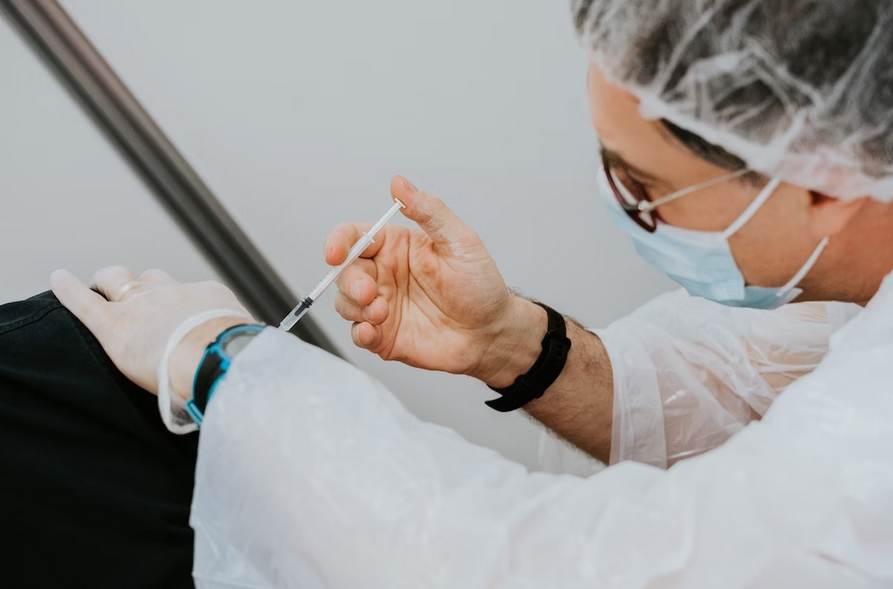The Impact of Poor Hospital Hygiene on Patient Outcomes and Healthcare Costs
- Written by Business Daily Media

Maintaining a clean and hygienic environment in hospitals is critical to patient safety and outcomes. When proper hygiene protocols are not followed, the risk of healthcare-associated infections (HAIs) increases, leading to longer hospital stays, increased healthcare costs, and even death. Clean room injection molding is one strategy that hospitals can use to ensure the cleanliness of medical devices and prevent the spread of infections.
The Cost of Poor Hospital Hygiene
Poor hospital hygiene can have significant financial implications for patients and the healthcare system as a whole. According to a study published in the American Journal of Infection Control, HAIs cost the US healthcare system an estimated $28 to $45 billion annually. These costs are attributed to longer hospital stays, increased use of antibiotics and other medications, and a higher rate of readmissions.
The Impact of Poor Hospital Hygiene on Patient Outcomes
When proper hygiene protocols are not followed, patients are at a higher risk of developing HAIs, which can lead to longer hospital stays, increased healthcare costs, and even death. HAIs are particularly problematic for vulnerable populations, such as elderly patients, those with compromised immune systems, and patients with chronic medical conditions. HAIs can also result in increased pain and suffering for patients and their families, and may lead to long-term disability.
The Role of Clean Room Injection Molding in Preventing HAIs
Clean room injection molding plays a critical role in preventing HAIs by ensuring that medical devices are produced in a sterile environment and are free of bacteria and other pathogens. Medical devices produced using clean room injection molding, such as syringes, catheters, and IV sets, are used in hospitals and other healthcare settings and are vital to patient care. The use of clean room injection molding can reduce the risk of HAIs, leading to shorter hospital stays, decreased healthcare costs, and improved patient outcomes.
Best Practices for Implementing Clean Room Injection Molding
To ensure the effectiveness of clean room injection molding in preventing HAIs, hospitals must follow best practices when implementing this strategy:
- Adhering to strict hygiene protocols: Clean room injection molding requires strict hygiene protocols to be followed, including the use of appropriate personal protective equipment (PPE) and hand hygiene practices.
- Proper maintenance of clean rooms: Clean rooms must be properly maintained, with regular cleaning and sterilization of equipment and surfaces to prevent the growth of bacteria and other pathogens.
- Regular testing and monitoring: Regular testing and monitoring of the clean room environment are essential to ensure that it meets the required standards for sterility and cleanliness.
- Staff training: Staff working in the clean room environment must receive appropriate training on the use of PPE and hygiene practices.
- Quality control: Quality control measures must be implemented to ensure that medical devices produced using clean room injection molding meet the required standards for sterility and quality.
Conclusion
Poor hospital hygiene can have significant financial and health implications for patients and the healthcare system as a whole. Maintaining a clean and hygienic environment in hospitals is critical to patient safety and outcomes. Clean room injection molding is one strategy that hospitals can use to ensure the cleanliness of medical devices and prevent the spread of infections. By following best practices for implementing clean room injection molding, hospitals can reduce the risk of HAIs, leading to shorter hospital stays, decreased healthcare costs, and improved patient outcomes.







